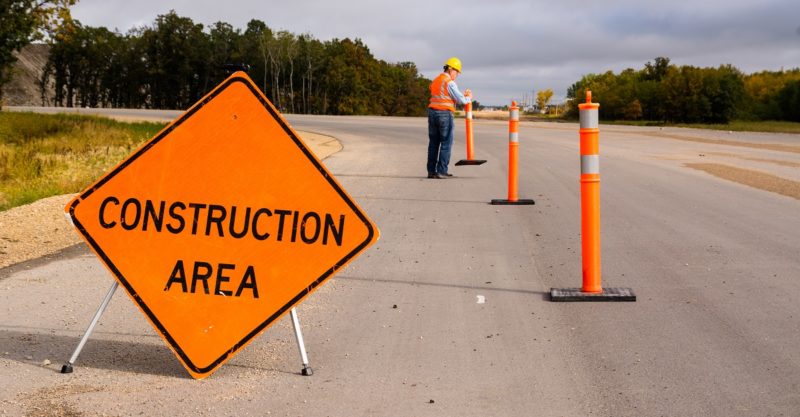According to the 2019 AGC Work Zone Awareness Survey, 54 percent of highway contractors nationwide reported motor vehicle incursions in their construction work zones in the past year. The results of these incursions were worker injuries (26 percent) and fatalities (2 percent); driver/passenger injuries (48 percent) and fatalities (25 percent); and project delays (53 percent). Recently, in California alone, there were three work zone fatalities in two months. Many estimate the end of the year tally will be much higher.
These work zone incidents affect both worker and public safety, as well as public mobility. Although a growing number of highway contractors believe positive barriers would reduce injuries and fatalities, the cost and time to install and complete the work are often cited as the main deterrent to using positive protection devices.
Fortunately, new types of positive barrier, such as movable concrete, movable steel and new highly mobile barriers, can be used with minimal setup and delay.
When positive barrier is necessary
Federal Regulations (23 CFR 630.1108) and ANSI Standards (A10.47) call for positive barrier under various circumstances, such as:
- Where crews are working in close proximity to high-speed traffic
- Where there is no good means of escape (e.g. bridges and tunnels)
- Where the work zone is particularly hazardous or long in duration
Positive barrier includes temporary, movable and highly mobile barriers which are crashworthy and capable of containing and/or redirecting errant vehicles. These regulations and standards were enacted for the benefit of both workers and the public, to help improve safety and mobility in and around work zones, and for both construction and maintenance activities.
State Departments of Transportation (DOT) have two significant means of implementing positive barrier for the benefit of contractors and the public. One option is to specify positive protection or address the need in a change order.
Federal Regulation (23 CFR 630.1108(f) (2)) requires positive barrier be treated as a separate pay item, which helps contractors recover applicable costs. The other option is for states to buy positive barrier and provide it to contractors to use. If states utilize HSIP funds, the positive barrier can be used for construction and maintenance on federal and state roads.
Federal funds for positive barrier
The Federal Highway Administration (FHWA) recognizes the need for safety devices in the nation’s work zones and recently announced a change of policy that allows state DOTs to acquire highway safety equipment with federal funds.
The federal funds available include HSIP, NHPP and STBGP programs. With HSIP funds (90:10 split), safety equipment, such as highly mobile barriers, can be purchased for construction and maintenance on federal and state roads.
Highway contractors experience the dangers of work zones first hand and understand the need for implementing safer standards and equipment on jobsites. New federal funding and regulations have followed suit by making it easier for contractors to purchase and use positive barrier for the benefit and safety of both contractors and the traveling public.


